
A Guide for Early Intervention
Did you know that stroke is a leading cause of disability worldwide? It can strike anyone, anytime, making awareness of its signs and symptoms critical. This article equips you with the knowledge to act quickly in the face of a stroke, potentially saving a life.
The Brain in Action: A Delicate Balance
Our brains, like any other organ, rely on a steady supply of oxygen-rich blood to function. This blood carries the vital fuel that powers our thoughts, movements, and sensations.
When Blood Flow Falters: The Threat of Stroke
A stroke occurs when a blockage or rupture disrupts blood flow to a part of the brain. This can be caused by a clot or a weakened blood vessel. If left untreated, brain cells in the affected area start to die, leading to lasting damage.
The Two Main Stroke Types:
- Ischemic Stroke: A blood clot blocks a blood vessel within the brain.
- Hemorrhagic Stroke: A weakened blood vessel bursts, causing bleeding in the brain.
A Transient Ischemic Attack (TIA): A Warning Sign
Sometimes, a temporary blockage occurs, causing stroke-like symptoms that resolve on their own. This is known as a TIA and serves as a crucial warning sign of a potential future stroke.
Spotting the Signs of Stroke: Act FAST
Early intervention is paramount in stroke treatment. Remember the acronym FAST to identify potential stroke symptoms:
- F - Face Drooping: Does one side of the face droop or feel numb? Ask the person to smile and observe if the smile is uneven.
- A - Arm Weakness: Is one arm weak or numb? Ask the person to raise both arms and see if one drifts downward.
- S - Speech Difficulty: Is speech slurred or difficult to understand?
- T - Time to Call Emergency Services: Every minute counts. Call for help immediately.
Taking Action: First Aid for Stroke
While seeking medical help for a suspected stroke,
follow these steps:
- Comfort and Safety: Ensure the person is comfortable and in a safe position, preferably lying on their side with their head slightly elevated.
- Breathing Check: If they are not breathing, initiate CPR.
- Maintain Warmth: Cover them with a blanket to keep them warm.
- No Food or Drink: Do not give them anything to eat or drink.
- Minimize Movement: Avoid moving them if they show signs of body weakness.
- Monitor and Record: Observe the person closely for any changes in condition and note the time symptoms began.
Beyond the Initial Response: Long-Term Stroke Management
Recovery after a stroke requires a comprehensive approach. A healthcare team, including a neurologist, rehabilitation specialist, and primary care physician, will work together to:
- Prevent Another Stroke: Medications like blood thinners and cholesterol-lowering drugs can help.
- Lifestyle Changes: Quitting smoking, eating a healthy diet, exercising regularly, and maintaining a healthy weight are crucial.
- Rehabilitation Services: Physical, occupational, and speech therapy can help regain function and improve communication.

Emergency Numbers (Kenya)
Emergency Numbers (Kenya)
- Red Cross: 1514
- Rescue: 0714911911
- St. John: 0721225285
- AAR: 0725225225
- AMREF: 0730811000
By recognizing the signs of stroke, acting FAST, and understanding the importance of long-term management, we can empower ourselves and others to face this challenge with knowledge and hope. Let's work together to raise awareness and improve stroke outcomes!








